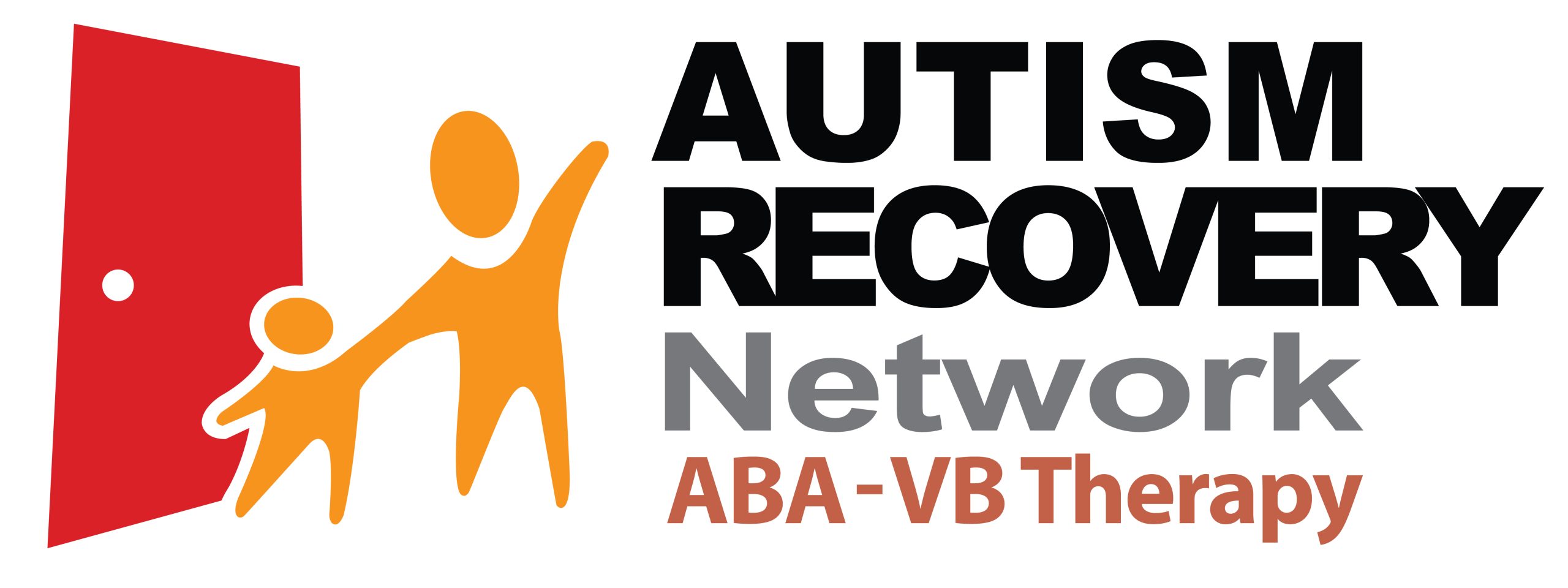Sally Ozonoff began studying infant siblings of children with autism in 2003. Her goal then was to follow these ‘baby sibs,’ who are at elevated risk of autism, and detect any early signs of the condition.
Her study is among the longest-running of such projects and now includes more than 300 children. And her findings have been pivotal to identifying autism’s early signs.
They have also revealed an unexpected risk for another condition in the baby sibs: attention deficit hyperactivity disorder (ADHD).
Up to 80 percent of children with autism also meet the criteria for ADHD. As with autism, Ozonoff says, a formal diagnosis of ADHD may arrive long after parents first notice features of the condition.
Ozonoff and her team are analyzing the videos they collected when the children were infants to search for early indicators of ADHD.
We spoke with Ozonoff, professor of psychiatry and behavioral sciences at the University of California, Davis MIND Institute, about how clinicians should interpret her findings.
Spectrum: Did you stumble upon your findings on ADHD or were you searching for signs of that condition?
Sally Ozonoff: Going into our study, our target was to look for autism. But we fortuitously realized that we had a sample at risk for other adverse outcomes, such as anxiety disorders, ADHD and learning disabilities.
Evidence from twin studies dating back to the 1970s has shown that a broad range of conditions run in families that have a child with autism. We realized we had a great opportunity to take all that data we’d collected over 15 years and see if it could help us predict other conditions.
S: Have you discovered any early signs of ADHD in the baby sibs?
SO: We are still analyzing our data. We have videotapes of hundreds of children from when they were 6 to 36 months old, and we’re going back and coding all of those videotapes for behaviors potentially relevant to ADHD. We’re looking for features that we know are present in ADHD and trying to come up with ‘baby versions’ of those.
For instance, if you’re hyperactive when you’re a 5-year-old, what related behavior is present if you’re only 6 months old and you don’t walk or run yet? We’re looking at how much babies move and fidget in high chairs, and how much they kick their feet and wave their arms. We look at whether they try to climb out their parent’s lap and onto a table. And how long infants look at objects might be a way to measure attention.
S: What do we know about the prevalence of ADHD in children at risk for autism?
SO: We think that the rate of ADHD in baby siblings is probably elevated over that in the general population, but we don’t know by how much. There are multiple reports of elevated ADHD outcomes in autism families and of shared genetic underpinnings.
But these studies are small. For instance, in a 2015 study, my colleagues and I investigated this question, but the sample only included 79 baby siblings and 60 controls. So we haven’t been able to come up with a prevalence rate yet. To determine prevalence, you really have to do a community-based study, and you need to have really large numbers.
S: What do genetic studies indicate about the relationship between autism and ADHD?
SO: Neurodevelopmental disorders may have some common molecular pathways. There aren’t ‘genes for autism,’ ‘genes for ADHD’ or ‘genes for dyslexia.’ But there are genes in pathways that affect many aspects of development. So, if you have mutations in those genes, then depending on environmental factors and other genetic influences, that might lead to autism in one person, ADHD in another and autism plus ADHD in a third.
S: Could ADHD and autism be considered part of the same spectrum?
SO: I don’t think of it that way. Social communication problems are fundamental to autism; they are not a central facet of ADHD. The social skills of people with ADHD may be a little rough, leading to problems in peer relationships, but they make good eye contact, they’re interested in people, and they want to have relationships. In general, the core problems in autism are different from those in ADHD.
S: What would you tell the doctors of baby sibs?
SO: I would tell them: “Don’t only look to see if the child has autism — and don’t say, ‘Oh, they’re fine,’ if he or she doesn’t have autism.” The child is actually at risk for a lot of other things. Pediatricians should screen baby sibs periodically for mental health conditions, speech and language problems and ADHD throughout their elementary school years.
Link to original article: https://spectrumnews.org/opinion/q-and-a/baby-sibs-evade-autism-remain-risk-attention-deficit/

